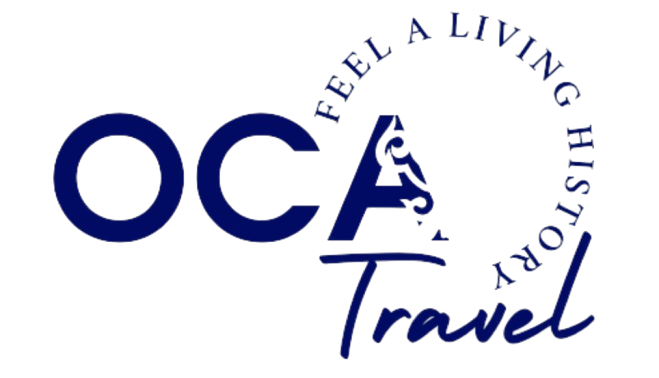KOSTANAY
Founded in 1879 on the banks of the Tobol River as an outpost of the Russian Empire, the city center still retains the atmosphere of its merchant past: ancient houses, narrow streets, and the spirit of time. The great educator Ybyrai Altynsarin lived and worked here, and in the 1950s, Kostanay became a symbol of the virgin lands, welcoming echelons of new settlers from across the Soviet Union.
Recommended attractions:
Kostanay Regional Museum of History and Local Lore – Currently, the museum boasts a rich photo-documentary collection. The exhibition features over 109,000 museum items. Unique finds from the Stone Age, Bronze Age, and early Iron Age can be seen here. Since 1995, the museum has occupied a building that is an architectural monument of the early 20th century.
The Toy Museum is the first and only one of its kind in Kazakhstan. It is a veritable kingdom of toys from different countries and eras. The Kostanay Toy Museum boasts 5,000 exhibits, including textile dolls, tin soldiers, miniature bicycles, Cheburashkas, cars, transformers made from bolts and nuts, motorcycles, steam locomotives, airplanes, and weapons.
The Voronov merchant’s house, the Senokosov merchant’s house, the Yaushev merchants’ passage, and the Davletkaliyev merchant’s mansion are architectural landmarks on several streets in Kostanay, dating back to the 20th century. Some now serve as administrative buildings, while others have been restored and are presented as historical monuments.
The Maral-ishan Mosque is the central and oldest mosque in Kostanay, Kazakhstan. Built in 1893 as the Kostanay Cathedral Mosque, it was funded by residents of the local Tatar settlement. The semicircular two-story mosque ended in a balcony from which Muslims were called to prayer. The mosque, 6 meters high, was divided into two tiers: the upper tier housed local nobility, while the lower tier housed less wealthy Muslims.
The Naurzum State Nature Reserve was established in 1931, but closed 20 years later. It was re-established in 1966. The reserve is home to 687 plant species, 44 mammal species, and 282 bird species. More than 10 fish species and 6 amphibian species inhabit the lakes and marshes. In 2008, the Naurzum State Nature Reserve was inscribed on the UNESCO World Heritage List.
Turgay Geoglyphs (“Ushtogay Square” and “Torgay Swastika”) – The “Ushtogay Square” consists of 101 mound-like embankments, each square measuring approximately 280 meters on a side. The “Turgay Swastika” is approximately 90 meters in diameter and is also constructed of earthen embankment. From 2008 to 2009, seven more similar objects were discovered: a square, three cross-shaped figures, a ring consisting of 25 mounds, and two objects representing lines resembling chains of burial mounds. Scientists still debate the purpose of the geoglyphs erected during the time of Atlantis and compare the significance of this discovery with the discovery of Troy. Ancient people built similar structures at places of power.
I. Altynsarin Mausoleum – A monument at I. Altynsarin’s grave was erected three times: in 1960, 1981, and 1991. To commemorate the 150th anniversary of the enlightener’s birth, a red brick portal-dome mausoleum was erected on the site of the old obelisk.
What else we recommend seeing: Open-Air Museum of Military Equipment, a monument to a girl with a laptop and Charlie Chaplin, and the execution wall
